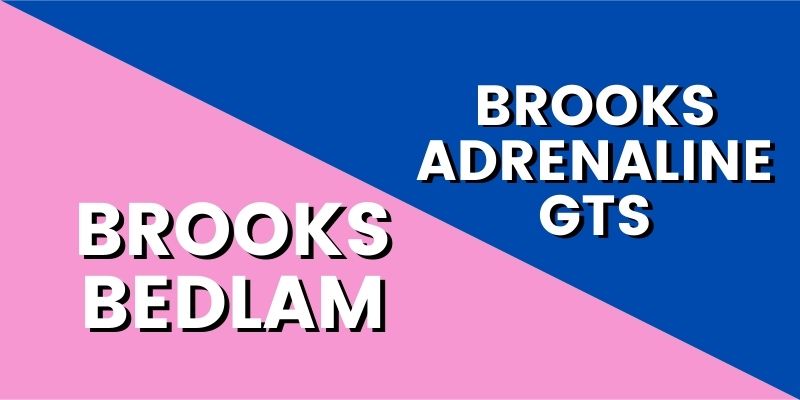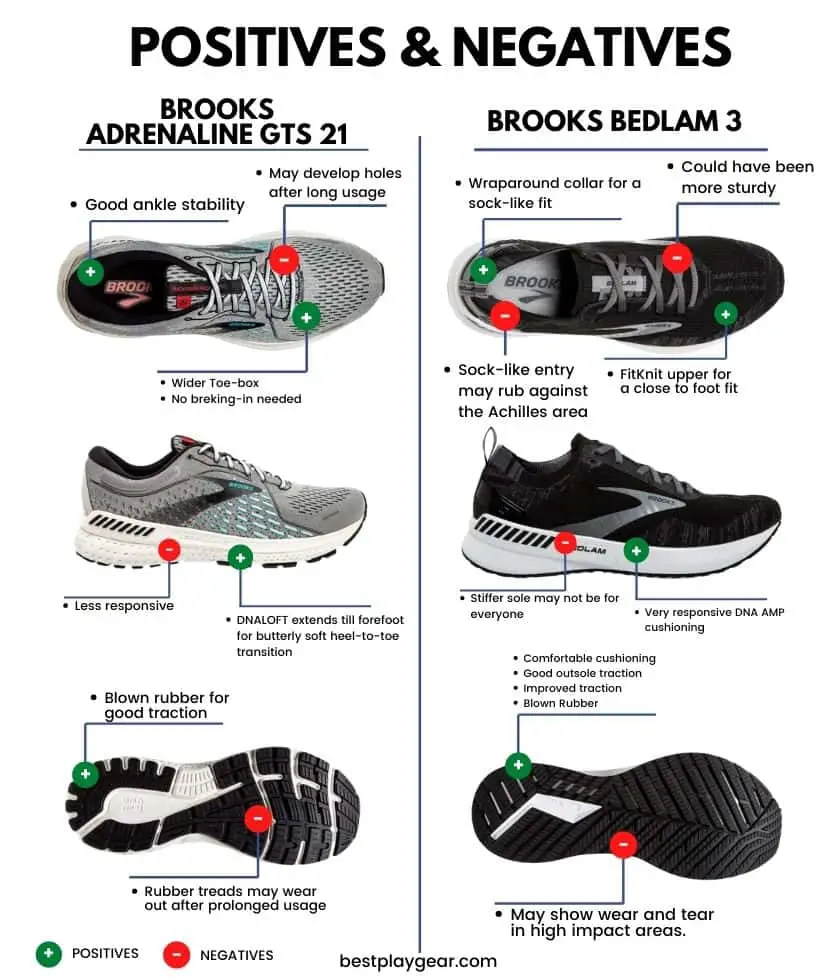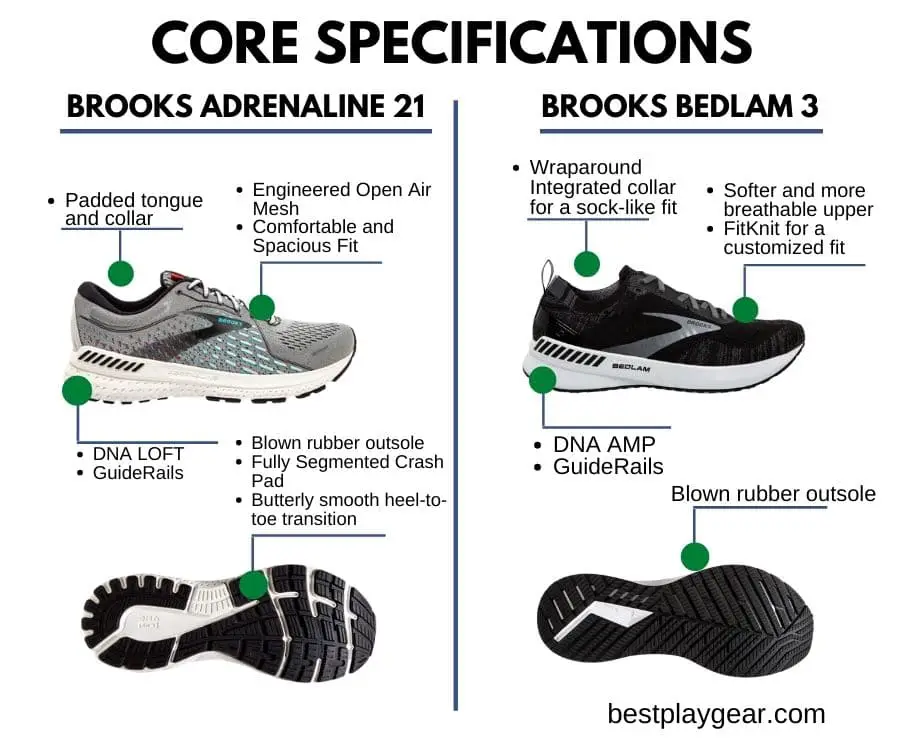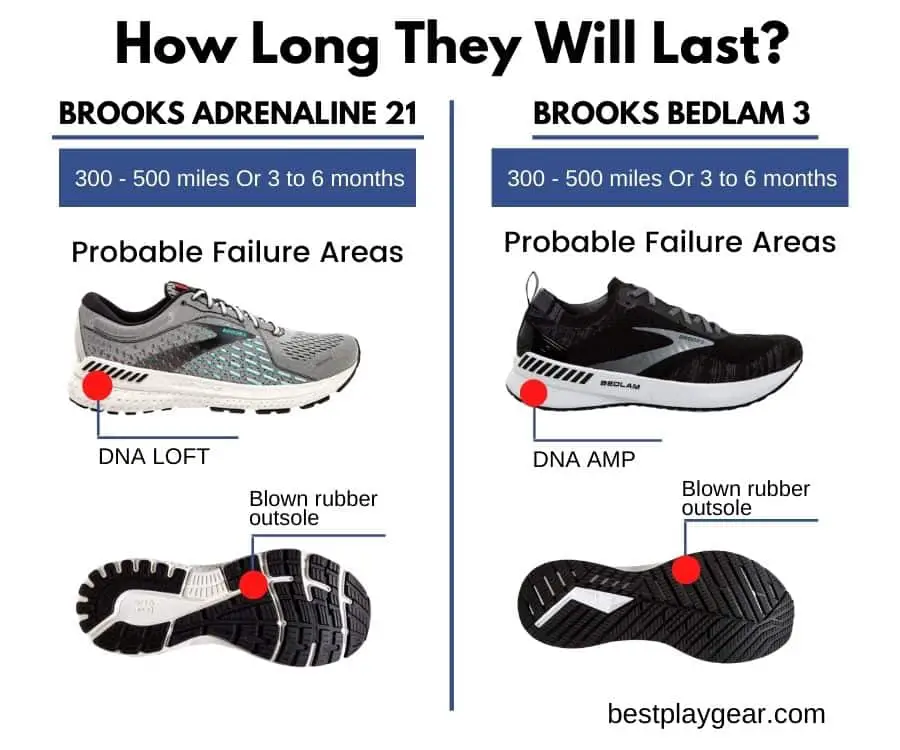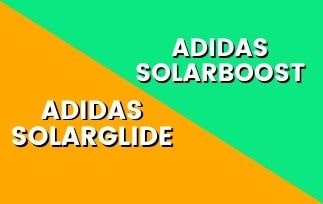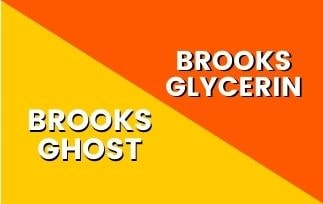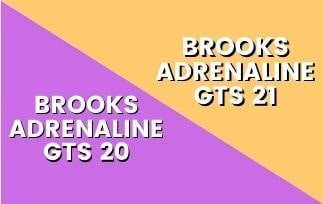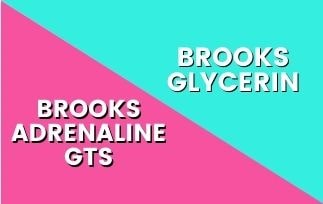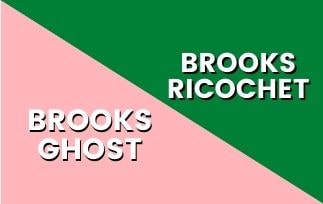![Saucony Kinvara Vs Asics Cumulus: Which One Is Best For You? [2021]](https://bestplaygear.com/wp-content/uploads/2021/06/Saucony-Kinvara-Vs-Asics-Gel-Cumulus-Thumbnail-min.jpg)
Saucony Kinvara Vs Asics Cumulus: Which One Is Best For You? [2021]
[aff_disclosure]
Saucony Kinvara and Asics Cumulus are both neutral running shoes with one of them able to serve the underpronating runner as well.
Both of them will provide you with a decent amount of cushioning and is great for long-distance running as well as daily training.
To compare, we are using Asics Gel Cumulus 23 and Saucony Kinvara 12 which are the latest versions of these running shoes.
These two running shoes are similar in a lot of ways and different in a lot of ways. Below, we have compared Saucony Kinvara Vs Asics Cumulus in detail and have tried to do a comprehensive analysis of the same.

This is our winner
Last update on 2024-04-23 / Affiliate links / Images from Amazon Product Advertising API
Asics Gel Cumulus 23
Why did we pick this one?
- Excellent for daily running.
- Excellent for cushioning.
- Can serve both neutral and underpronating runners.
- Very stylish.
- Good ankle stability.
The main differences between Saucony Kinvara Vs Asics Cumulus
- Saucony Kinvara is a neutral running shoe and Asics Cumulus is a neutral running shoe that is able to support underpronation as well.
- In terms of weight, Saucony Kinvara is lighter than Asics Cumulus. For the women’s shoes, Saucony Kinvara weighs around 6.5oz or 184g whereas Asics Gel Cumulus weighs around 8.1oz or 230g. The men’s version of Saucony Kinvara weighs around 7.5oz or 213g and Asics Gel-Cumulus weighs around 9.9oz or 280g.
- Saucony Kinvara has lesser cushioning at the heels and its heel height is 28mm, and Asics Cumulus has more cushioning at the heels and has a heel height of 34mm.
- Saucony Kinvara has a heel-to-toe drop of 4mm and Asics Cumulus has a heel-to-toe drop of 10mm.
- Saucony Kinvara has two lesser size options available than Asics Cumulus for the men’s version. Saucony Kinvara has sizes available from 7.0 to 15.0 and Asics Cumulus has sizes available from 6.0 to 16.0.
- The latest generation of Saucony Kinvara is 12, and the current version of Asics Cumulus is 23.
Content
Saucony Kinvara Vs Asics Cumulus – An Overview
Saucony Kinvara is a neutral running shoe with balanced cushioning and Asics Gel Cumulus is a neutral plus underpronation running shoe with a good amount of cushioning.
Both are good for your long runs and daily running needs. Also, they will provide you with a decent amount of mileage and are comfortable.
In the below sections, we have tried to compare Saucony Kinvara and Asics Cumulus in detail so that you have all the information you need to pick the best running shoes for your needs.
OK, now let’s proceed…
Saucony Kinvara Vs Asics Cumulus – Features at a glance
| Saucony Kinvara 12 | Asics Gel-Cumulus 23 | |
|---|---|---|
 |
 |
|
| Type | Neutral | Neutral, Underpronation |
| Heel-to-toe Drop | 4mm | 10mm |
| Weight |
6.5 oz/184 g (Women) 7.5 oz/213 g (Men) |
8.1oz / 230g (Women) 9.9oz/280g (Men) |
| Arch Support | Medium, High | Medium, High |
| Midsole Type | PWRRUN Cushion | Gel technology, FLYTEFOAM |
| Technology | PWRRUN, PWRRUN+, Engineered mesh | Gel Technology, 3D Space Construction, FLYTEFOAM technology |
| Sizes |
5.0 – 12.0 (Women) 7.0 – 15.0 (Men) |
5.0 – 12.0 (Women) 6.0 – 16.0 (Men) |
| Width |
Regular, Wide (Women) Regular, Wide (Men) |
Standard, Wide (Women) Standard, Wide, X-Wide (Men) |
| Use | Long Distance, Treadmill, Road | Long Distance, Treadmill, Road |
| Editor’s Rating | ||
Asics Gel-Cumulus Vs. Saucony Kinvara – A head to head comparison
In the above sections, we have covered the overview and some of the major differences between Saucony Kinvara and Asics Cumulus.
In the following sections, we are providing you with some more details about these two running shoes for a better understanding of their nature.
Outsole
The outsole of Saucony Kinvara has a rubberized foam material for the most part of its outsole.
However, it also has strategic rubber placements in the high wear and tear areas. This improves the durability of the sole and will improve the grip of your shoes.
The outsole of Asics Gel Cumulus has ASICS HIGH ABRASION RUBBER or AHAR+ in the heels. This makes the heels very durable and shock-absorbing.
Also, in the other parts of the sole, you have AHAR which is very durable and provides you with good grip and increases the lifespan of these shoes.
Midsole
The midsole of Saucony Kinvara has PWRRUN in the midsole. It is a lightweight material, that will provide you with rebound, comfort, and durability. Also, this foam adapts with your stride and provides you with a running experience that is unique to you.
Apart from the midsole foam, the midsole unit of Saucony Kinvara also has the PWRRUN+ topsole. This is a more springy and bouncy sole, that will add excellent pep to your feet.
The midsole of Asics Gel Cumulus has FlyteFoam that provides you with a lightweight and cushy running experience. It is a responsive cushioning and is also environmentally friendly.
Apart from the Flytefoam cushioning, what makes Asics Gel Cumulus so good at shock absorption is its gel cushioning. It has silicone-based gel cushioning that will provide you with excellent impact resistance.
Upper
The upper of Saucony Kinvara is made from engineered mesh. This is a simple mesh, that has been updated and is very lightweight and breathable.
It will stretch with your feet and will make you feel very comfortable. Also, since it moves with your feet, it will virtually disappear on your feet.
The upper of Asics Gel Cumulus also has Engineered Mesh. This is a plush mesh that is lightweight and will provide you with good breathability, a luxurious fit, and an irritation-free experience.
The irritation-free experience is also due to the Frictionless 3D Print Construction. This enables you to experience a blister-resistant and sockless wear experience.
Weight
In terms of weight, Asics Cumulus is heavier than Saucony Kinvara.
This is not surprising as Saucony Kinvara is a no-fuss and no-frills attached shoe. It is a very minimal shoe in a way that sticks to the basics and it has done so well for Kinvara.
Saucony Kinvara weighs around 6.5oz /184g for women and 7.5oz/213g for men.
Nike Pegasus weighs around 8.1oz/230g for women and 9.9oz/280g for men.
Price
There is a minor price difference between Saucony Kinvara and Asics Cumulus with Cumulus being the pricier one.
However, the price difference will come up to around $10 which is not a huge difference, although, I would go with Saucony Kinvara as my daily mileage is not more than 5 miles as of now.
For my needs, Saucony Kinvara will be a good choice and I would mind paying that extra $10. However, if you like pep things up, then Asics Cumulus will be a great choice.
Also, Cumulus is very stylish and comfortable. It will make you stand out in the crowd.
In the above sections, you will find almost all the similarities and differences between Saucony Kinvara and Asics Cumulus.
However, there are a couple of more running shoes that will be able to provide you with a similar running experience.
Below you will find our recommendations and why we think those can be good alternatives.
Similar Shoes
Running Shoes Similar To Saucony Kinvara 12
Saucony Kinvara is a lightweight neutral running shoe. It is excellent for daily runs and will provide you with a good amount of cushioning.
It is comfortable and will provide you with a great running experience. A running shoe that can provide you with a similar running experience is New Balance Beacon and the same is mentioned below.
- For a Lighter, Softer Feel: Fresh Foam Beacon v3 lightweight running shoes have a soft and springy design that’s ideal for runners who want to move in all-around plush comfort
- Plush, Natural Ride: These running shoes are built for runners with Fresh Foam midsole cushioning that is precision-engineered to deliver an ultra-cushioned, lightweight ride with every stride
- Breathable Comfort: The engineered mesh on the uppers of these lightweight and breathable performance running shoes helps to provide cool comfort as your workouts heat up
Last update on 2024-04-23 / Affiliate links / Images from Amazon Product Advertising API
Running Shoes Similar To Asics Gel-Cumulus 23
Asics Gel Cumulus is a running shoe for underpronation. It can also support underpronating runners. It has a good amount of cushioning and will provide you with a comfortable ride.
We think the running shoe mentioned below should be able to match the experience of Asics Cumulus. This is the reason we are recommending this as an alternative to Asics Gel Cumulus.
- THIS MEN'S SHOE IS FOR: The Dyad 11 is perfect for runners who want a secure fit and a stable feel. Runners with slightly wider feet will also appreciate extra room in the forefoot. This Brooks Dyad 11 is a certified PDAC A5500 Diabetic shoe and has been granted the APMA Seal of Acceptance.
- SUPER-SOFT CUSHIONING: BioMoGo DNA, our proprietary cushioning, adapts to your stride, weight and speed. Why? So it can help protect you by reducing impact on your joints.
- GENEROUS FIT: Sometimes you need a little extra room to move around in. So if you need a roomier shoe because of flat or voluminous feet, your search is over.
Last update on 2024-04-23 / Affiliate links / Images from Amazon Product Advertising API
Conclusion
In the above sections, you will find almost all the differences and similarities between Saucony Kinvara Vs Asics Cumulus. Hope this helps you with your research.
Both Saucony Kinvara and Asics Gel-Cumulus are excellent running shoes. However, due to the upbeat style, more sizes available, able to cater to a wider range of runners, and excellent cushioning, we have chosen Asics Gel-Cumulus as our winner.
Your choice may vary for us. If so, let us know your reasons for selection.


Madhusree Basu
Author, Admin
Blogger and a fitness enthusiast. She loves running and Yoga and everything in between. She started running to manage her weight and to eat to her heart’s content. A true foodie at heart she shares whatever knowledge she has gained throughout the years about weight management and fitness.









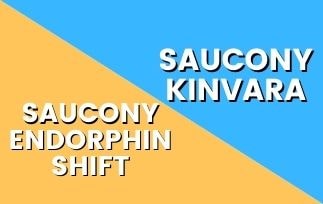

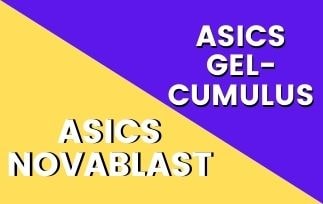
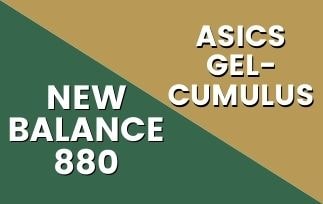
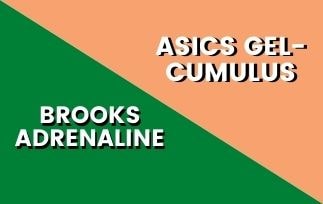
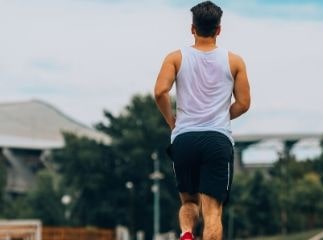



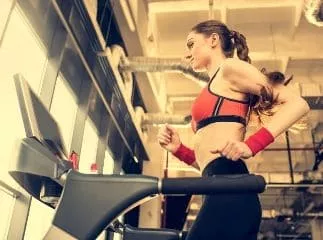

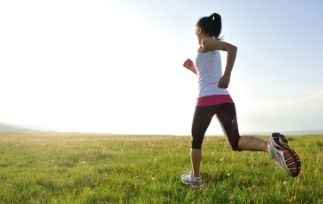
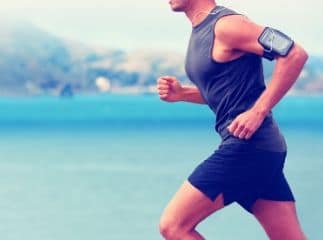
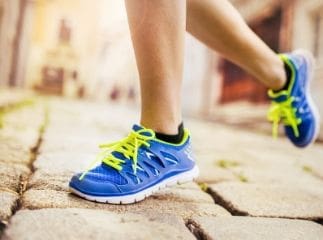
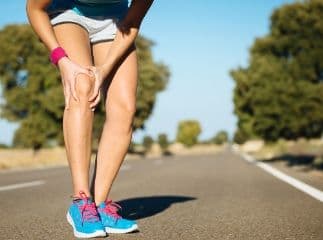
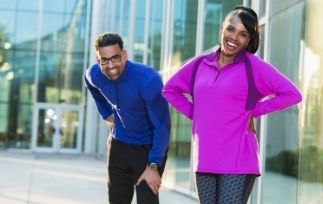
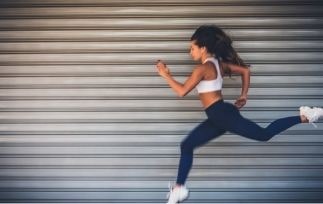
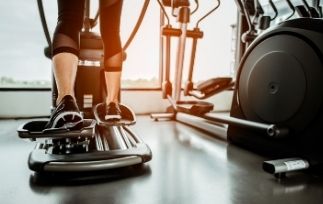
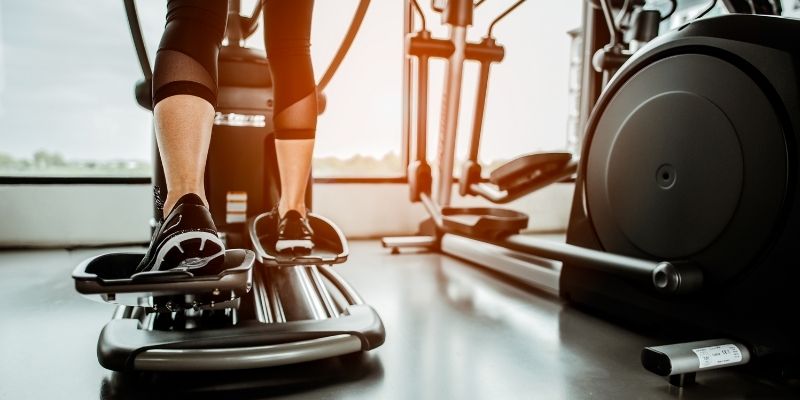






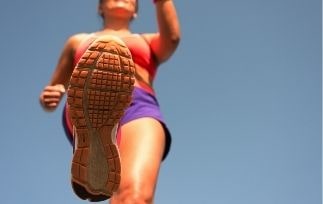
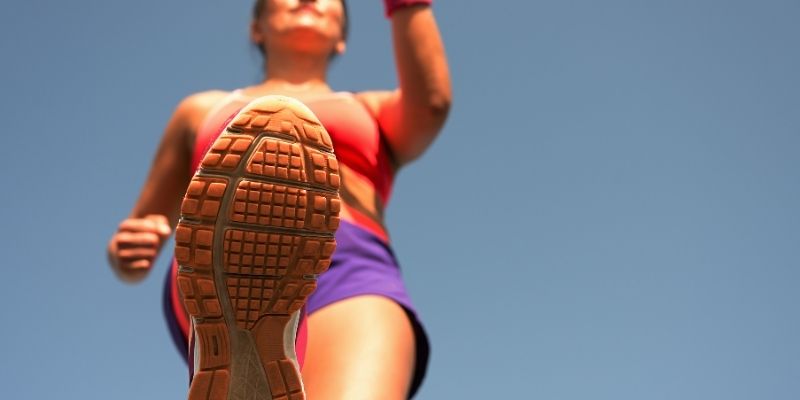


![Brooks Adrenaline Vs Asics Gel-Nimbus : Which is the choice for your feet? [2021]](https://mk0bestplaygearf391d.kinstacdn.com/wp-content/uploads/2021/01/Brooks-Adrenaline-Vs-Asics-Gel-Nimbus-min.jpg)
![Brooks Bedlam vs Adrenaline : Which Brooks Is Best For You? [date_month_year]](https://bestplaygear.com/wp-content/uploads/2021/02/Brooks-Adrenaline-Vs-Brooks-Bedlam-min.jpg)
